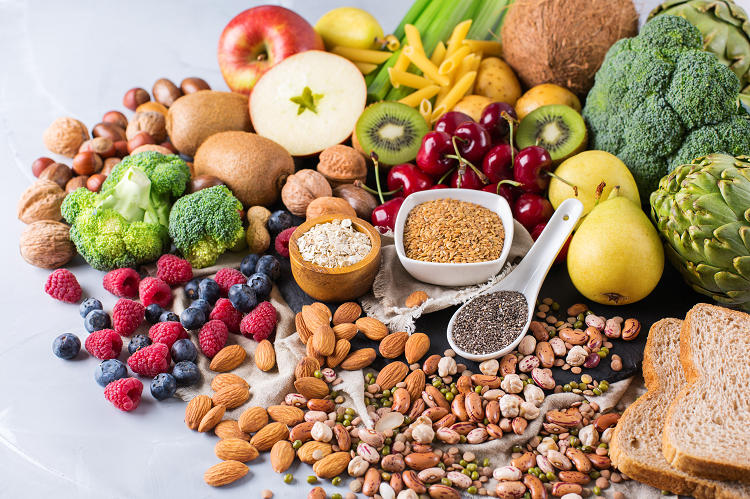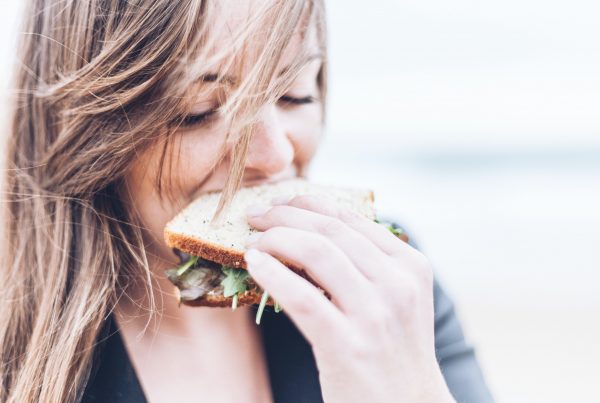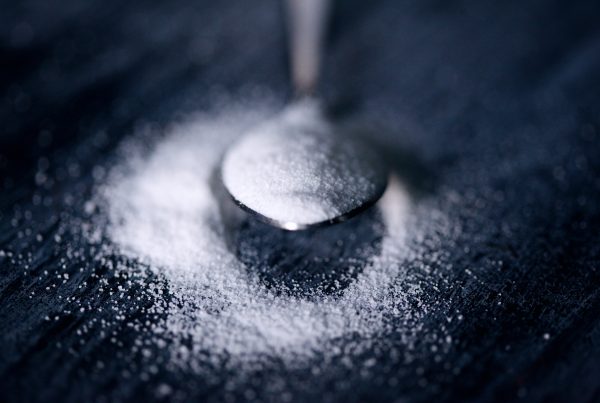
A study published in the Annals of Internal Medicine suggests that something as simple as aiming to eat 30 grams of fibre each day can help you lose weight. In fact, researchers at Harvard Medical School have found that women who increased their intake of high-fibre foods over a 12-year period are half as likely to become obese as those who decreased their consumption.
Also, a recent review reported that adding fibre-rich peas, chickpeas and lentils to your meals can increase feelings of fullness by 31%, compared to equivalent meals that aren’t based on beans.
That sounds like a lot ot us.
So what are you still waiting for?
6 Health Benefits of Fibre
- Studies show that adequate fibre promotes weight loss and can help prevent constipation.
- Adequate fibre can also help blood pressure and improve your body’s response to insulin (which has application to diabetes).
- Fibre can help reduce cardiovascular disease (heart disease and stroke). Foods, such as oats, containt a type of fibre known as beta glucan, may help to reduce cholesterol levels if you consume 3 grams or more daily.
- Dietary fibre may help to protect against bowel cancer. Although the reasons for this are not fully understood, this may be because fibre increases stool size, dilutes content and moves it faster through the gut so the amount of time waste products stay in contact with the bowel is reduced.
- Fibre leaves your stomach undigested and ends up in your colon, where it feeds friendly gut bacteria, leading to various health benefits.
- Overall mortality appears to be lower in those who consume enough fibre, according to a number of studies.
How Much Fibre is Enough?
The recommendation is that fibre intake should increase to 30 grams a day for adults (aged 17 years and over). Despite this, research shows that the vast majority (80 per cent) of people in Ireland are not getting enough fibre in their diets. The average intake is about half of the recommended amount, standing at around 15 grams per day.
If you’re planning on increasing your fibre intake, it’s a good idea to do so gradually. It’s also important to drink plenty of fluids (around 6-8 glasses per day for adults) and to try to be active for at least 150 minutes per week.
How Does this Fit in with the Motivation Way of Eating?
At Motivation, we recommend clients reduce their intake of carbohyrate foods, which are a source of fibre. However, the main thrust of this strategy is to encourage individuals to move away from the highly processed, fibre-stripped carbs that they have become reliant on (and which have led to their weight gain in most cases) such as pastries, baguettes, white bread and cakes.
Instead, we ask clients to have small amounts of high fibre carbs, such as porridge oats, brown bread and brown rice. Alongside these, we encourage clients to consume vegetables and small portions of fruit. In the whole, we are reducing the quantity of food in order to reduce calories, while emphasising adequate protein and better qualtiy carbs (for instance, always wholemeal or wholegrain).
We also always request that clients eat their fruit, rather than drink it, as we believe it’s so important to consume the skin of fruit and vegetables which contain a substantial amount of fibre. Read our blog about how to move away from processed carbs.
How to get more fibre into your diet – Try these 8 high fibre foods
- 1 cup of cooked lentils (a whopping 15.6 grams of fibre!) – add into soups or cook as a side serving with fish (I slow-boil green lentils in a stock cube for about 20 minutes – no need to pre-soak!). Try our lentil curry recipe.
- 1 medium apple (4 grams of fibre) – keep the skin on or you’ll lose a lot of the healthy fibre.
- 1 cup of raspberries (8 grams of fibre) – delcious as a snack on top of high-protein Greek yoghurt.
- 1 can of chickpeas (8 grams of fibre) – add to soup and salads. Or follow our recipe for a delicious chickpea snack.
- Half a cup of oats (4 grams of fibre) – you only need a small serving of porridge as it’s so filling (add chia seeds if you can for a further boost of fibre, plus omega-3s). Also porridge is great for gut health as it has prebiotic properties.
- 1 cup of strawberries (4 grams of fibre) – add frozen strawberries into a smoothie with some hemp seed or pea protein for an added protein boost.
- 1 cup of kidney beans (16.3 grams of fibre) – read our blog on the benefits of pulses.
- 1 cup of green peas (9 grams of fibre) – always a handy freezer-friendly food and full of vitamin C.
How to get more fibre into your diet - 5 smart swaps
| Instead of... | Try... |
|---|---|
| 1 cup of apple juice (0.2g fibre) | 1 apple (4g fibre) |
| 1 cup white spaghetti (2.4g fibre) | 1 cup brown spaghetti (6.3g fibre) |
| 1 cup long-grain white rice (0.6g fibre) | 1 cup long-grain brown rice (3.5g fibre) |
| 1 slice white bread (0.6g fibre) | 1 slice wholemeal bread (3g fibre) |
| 1 packet crisps (1.4 fibre) | 3 cups air-popped popcorn (3.5g fibre) |



